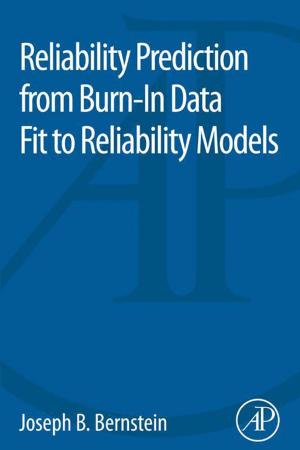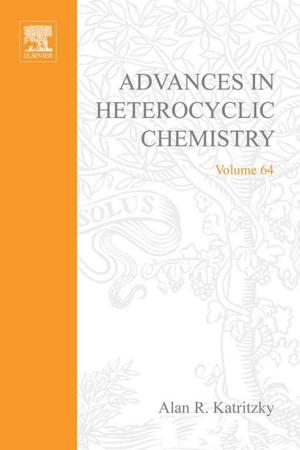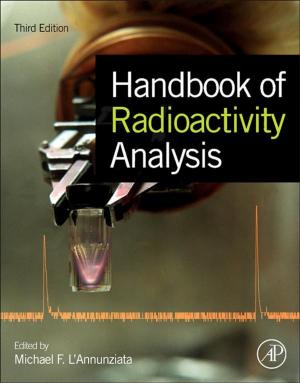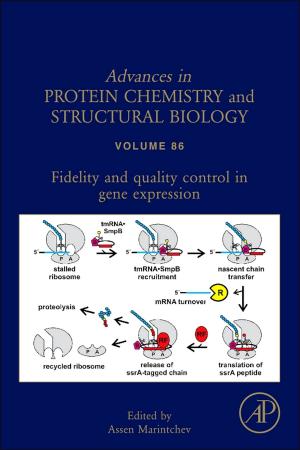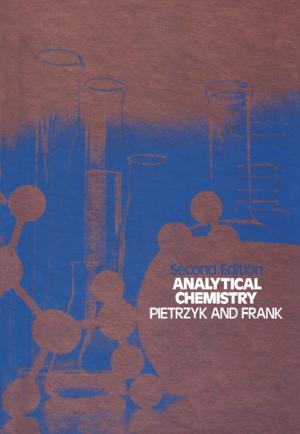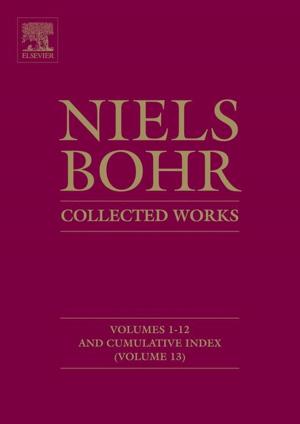Advanced Piezoelectric Materials
Science and Technology
Nonfiction, Science & Nature, Technology, Electronics, Digital| Author: | ISBN: | 9781845699758 | |
| Publisher: | Elsevier Science | Publication: | September 27, 2010 |
| Imprint: | Woodhead Publishing | Language: | English |
| Author: | |
| ISBN: | 9781845699758 |
| Publisher: | Elsevier Science |
| Publication: | September 27, 2010 |
| Imprint: | Woodhead Publishing |
| Language: | English |
Piezoelectric materials produce electric charges on their surfaces as a consequence of applying mechanical stress. They are used in the fabrication of a growing range of devices such as transducers (used, for example, in ultrasound scanning), actuators (deployed in such areas as vibration suppression in optical and microelectronic engineering), pressure sensor devices (such as gyroscopes) and increasingly as a way of producing energy. Their versatility has led to a wealth of research to broaden the range of piezoelectric materials and their potential uses. Advanced piezoelectric materials: science and technology provides a comprehensive review of these new materials, their properties, methods of manufacture and applications.
After an introductory overview of the development of piezoelectric materials, Part one reviews the various types of piezoelectric material, ranging from lead zirconate titanate (PZT) piezo-ceramics, relaxor ferroelectric ceramics, lead-free piezo-ceramics, quartz-based piezoelectric materials, the use of lithium niobate and lithium in piezoelectrics, single crystal piezoelectric materials, electroactive polymers (EAP) and piezoelectric composite materials. Part two discusses how to design and fabricate piezo-materials with chapters on piezo-ceramics, single crystal preparation techniques, thin film technologies, aerosol techniques and manufacturing technologies for piezoelectric transducers. The final part of the book looks at applications such as high-power piezoelectric materials and actuators as well as the performance of piezoelectric materials under stress.
With its distinguished editor and international team of expert contributors Advanced piezoelectric materials: science and technology is a standard reference for all those researching piezoelectric materials and using them to develop new devices in such areas as microelectronics, optical, sound, structural and biomedical engineering.
- Provides a comprehensive review of the new materials, their properties and methods of manufacture and application
- Explores the development of piezoelectric materials from the historical background to the present status
- Features an overview of manufacturing methods for piezoelectric ceramic materials including design considerations
Piezoelectric materials produce electric charges on their surfaces as a consequence of applying mechanical stress. They are used in the fabrication of a growing range of devices such as transducers (used, for example, in ultrasound scanning), actuators (deployed in such areas as vibration suppression in optical and microelectronic engineering), pressure sensor devices (such as gyroscopes) and increasingly as a way of producing energy. Their versatility has led to a wealth of research to broaden the range of piezoelectric materials and their potential uses. Advanced piezoelectric materials: science and technology provides a comprehensive review of these new materials, their properties, methods of manufacture and applications.
After an introductory overview of the development of piezoelectric materials, Part one reviews the various types of piezoelectric material, ranging from lead zirconate titanate (PZT) piezo-ceramics, relaxor ferroelectric ceramics, lead-free piezo-ceramics, quartz-based piezoelectric materials, the use of lithium niobate and lithium in piezoelectrics, single crystal piezoelectric materials, electroactive polymers (EAP) and piezoelectric composite materials. Part two discusses how to design and fabricate piezo-materials with chapters on piezo-ceramics, single crystal preparation techniques, thin film technologies, aerosol techniques and manufacturing technologies for piezoelectric transducers. The final part of the book looks at applications such as high-power piezoelectric materials and actuators as well as the performance of piezoelectric materials under stress.
With its distinguished editor and international team of expert contributors Advanced piezoelectric materials: science and technology is a standard reference for all those researching piezoelectric materials and using them to develop new devices in such areas as microelectronics, optical, sound, structural and biomedical engineering.
- Provides a comprehensive review of the new materials, their properties and methods of manufacture and application
- Explores the development of piezoelectric materials from the historical background to the present status
- Features an overview of manufacturing methods for piezoelectric ceramic materials including design considerations


